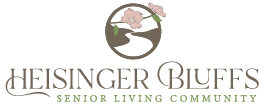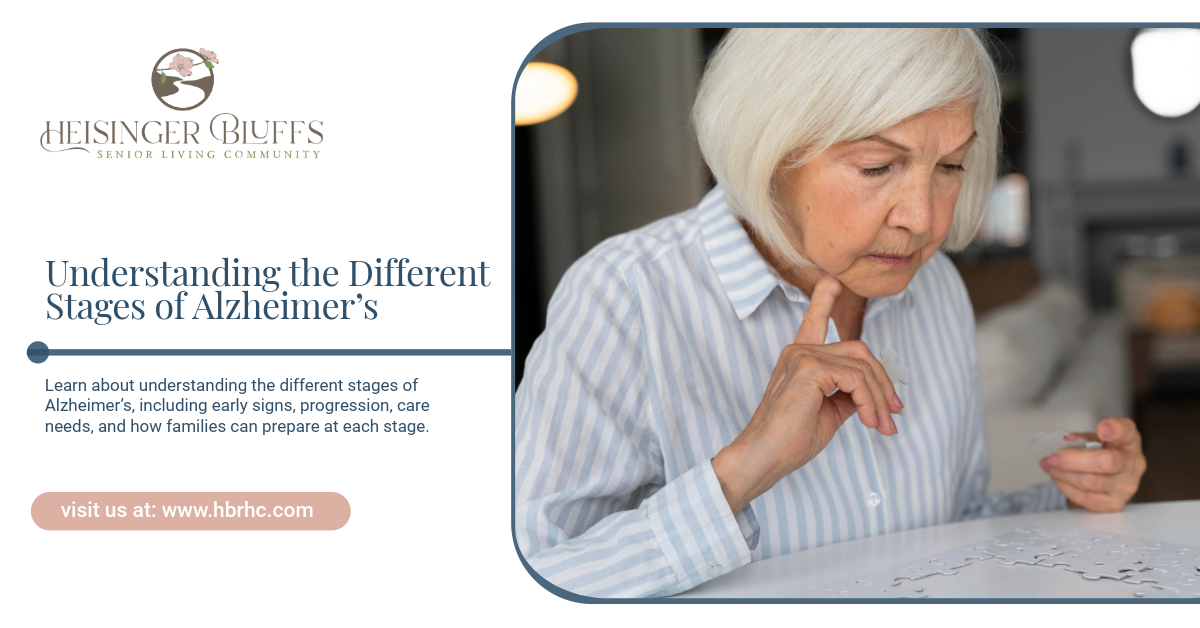How Is Progress Measured During Senior Rehab?

Senior rehabilitation programs use structured tools to track recovery and ensure therapies are effective. Progress is typically measured through:
- Initial Assessments: Rehab begins with evaluations of mobility, strength, balance, pain levels, and daily living skills. These baselines help therapists create personalized treatment plans.
- Measurable Therapy Goals: Therapists set short-term and long-term goals such as improving walking distance, increasing joint motion, or reducing pain. These goals guide daily therapy sessions.
- Regular Progress Tracking: Therapists document each session, noting improvements in strength, endurance, coordination, and functional independence. Standardized tests like gait assessments or balance tests are often repeated to track changes.
- Care Team Reviews: Weekly or biweekly meetings help the rehab team adjust treatment plans based on progress, challenges, or safety needs.
At Heisinger Bluffs, senior rehab residents receive individualized care plans, consistent evaluations, and coordinated support to ensure steady and safe recovery.
Frequently Asked Questions
How often is progress reviewed in senior rehab?
Typically weekly or biweekly.
Who monitors progress?
Physical, occupational, and speech therapists, along with the medical team.
What happens if progress slows?
Therapists adjust goals, therapy intensity, or treatment strategies.
Sources:
- https://pmc.ncbi.nlm.nih.gov/articles/PMC6669784/
- https://www.sciencedirect.com/science/article/pii/S2405844024113825











